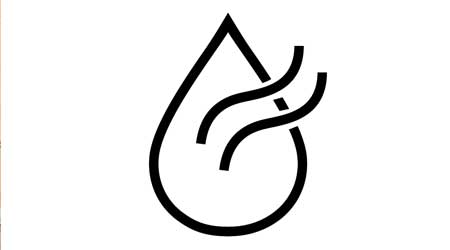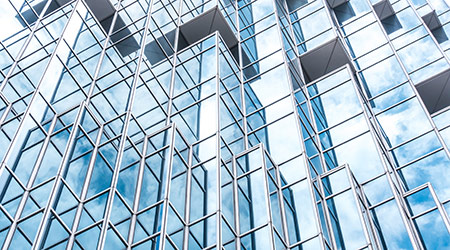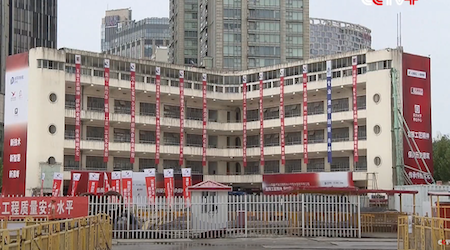
Coronavirus Mitigation: Is Facility Humidification Effective for Slowing Infection Rates?
January 6, 2021
The third coronavirus wave during the winter of 2020-21 is by far the worst so far, and one of the reasons for the nearly unchecked spread is that the virus thrives in dry conditions, like those present during winter. An entire body of research has sprung up to show that the best way facilities can fight viruses that are spread via airborne aerosolized particles is to humidify the indoor environment.
The target range, say experts, is between 40 and 60 percent humidity in an indoor space. Why that range? The jury is still out on some of the specifics, but we do know it works. Dr. Stephanie Taylor, a lecturer on infectious disease mitigation at Harvard Medical School and a member of ASHRAE’s epidemic task force, says there are three main reasons why indoor air hydration (she says the term “humidity” makes her “itchy,” because of its negative connotations) can slow the spread of the virus.
The first, says Taylor, is that in that 40 to 60 percent humidity range, studies show conclusively that particles in the air or exhaled by humans settle out of the air more quickly than in drier conditions.
“When the air is dry, particles shrink and can remain airborne longer, and therefore can infect people farther away,” she says. Proper indoor air hydration, then, “cleans” those particles out of the air with the help of gravitational force.
The second reason is moisture in the air has been shown to make viruses, including this novel coronavirus, less infectious, says Taylor. Though she says this phenomenon isn’t well understood, the science shows it to be true over and over again. And Taylor says this is one of the reasons why mask-wearing is proven effective, as well: Because you’re essentially breathing humid air in which any viruses may be less potent.
The third reason humidification is effective has to do with how our respiratory systems work.
“Mucus in airway space stays hydrated,” says Taylor. “Hairs called cilia wash away particles from the lungs. And cells that line the respiratory tract are more activated to create an immune response.”
The caveat to all this, especially for budget-conscious facility managers, is that humidification can be expensive. However, Taylor says “proper management of the indoor environment is the most impactful measure we can take to prevent illness and promote health.” And that means humidification.
“Whatever we do we need to consider the impact on people’s health, not the energy bill, and not on what we’ve always done,” she says. “It must be human health.”
To read this full article, titled “Evaluating the Effectiveness of Four Coronavirus Mitigation Measures,” check out our new premium content product, fnPrime. Right now you can get $70 off your year-long subscription: One year for $129. With fnPrime, you get access to dozens of premium articles, webcasts, videos, and ebooks. And throughout the year, you’ll get discounts on events and invites to exclusive member-only functions. Sign up today!
This post was submitted by Greg Zimmerman, editor, Building Operating Management and FacilitiesNet.com.
Next
Read next on FacilitiesNet












